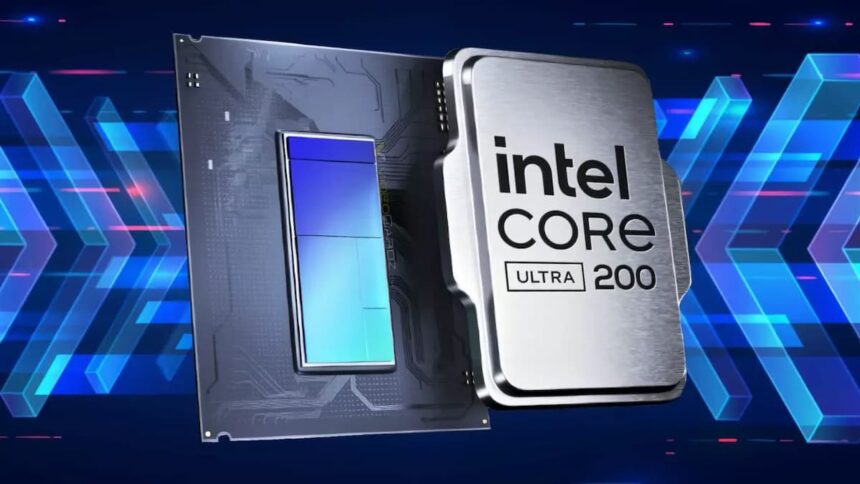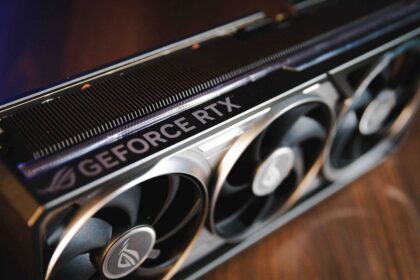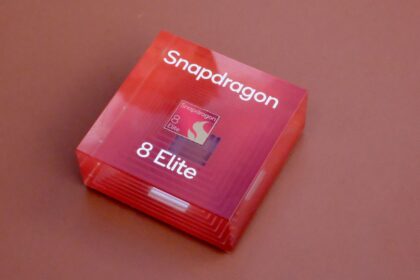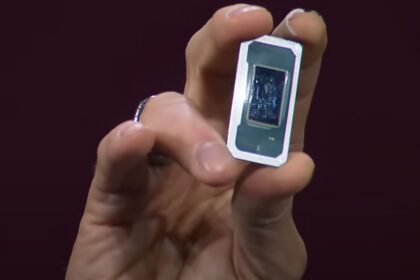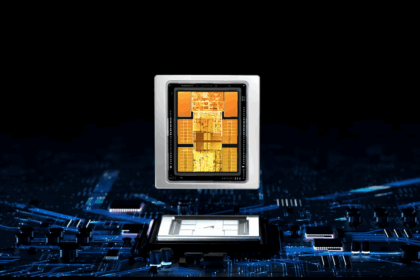Intel’s Core Ultra 200 series is a lineup of processors designed for two key markets: AI-powered Copilot+ PCs and gaming-focused systems. The series is built around two distinct architectures to cater to these different needs.
At CES 2025, Intel unveiled new additions to this processor family, aiming to complete the lineup. However, some of the decisions surrounding these new chips have raised a few questions. Let’s dive into the details.
Intel unveils chips for Core Ultra 200 U and H series
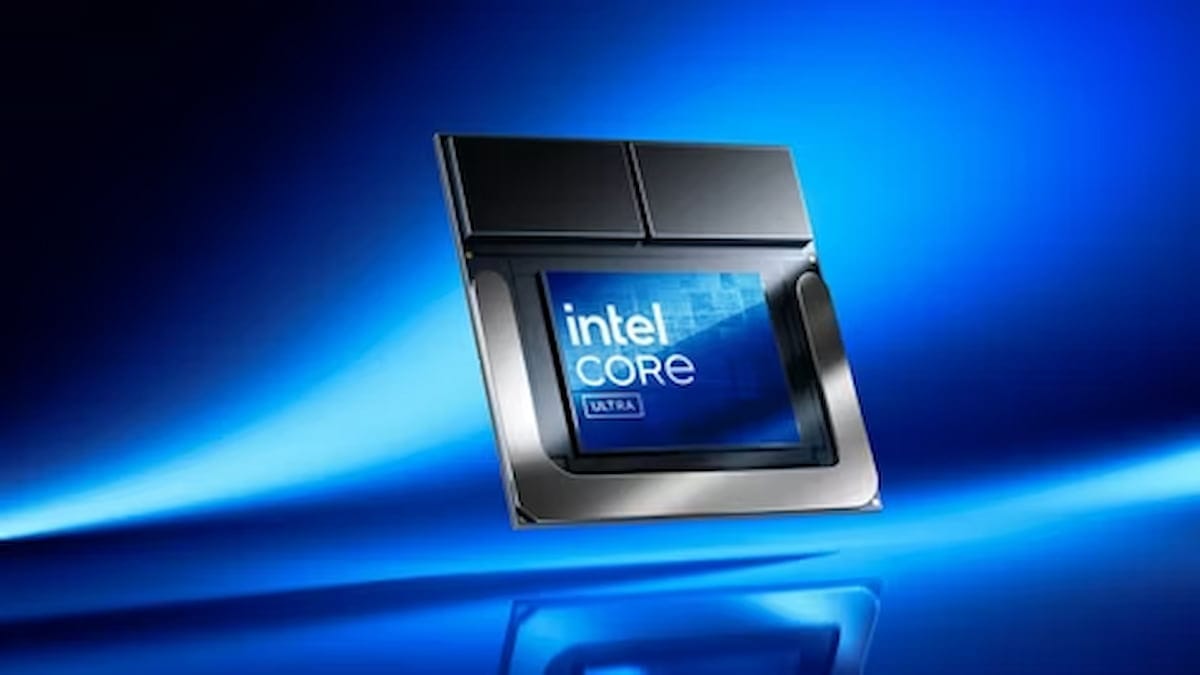
These chips feature Intel’s latest GPU architecture and an integrated NPU, making them ideal for running advanced AI functions.
On the other hand, the Arrow Lake processors are optimized for desktops and gaming PCs, offering more CPU cores for enhanced performance in those areas.
At CES 2025, Intel announced plans to expand the Core Ultra 200 family with new processors that combine elements of the NPU, GPU, and CPU found in their earlier models. However, these new chips will primarily be based on the Arrow Lake architecture. This decision comes down to cost: Lunar Lake processors are more expensive to produce due to their unique integration of RAM into the CPU package.
These processors are built using a chiplet design, where each chip is essentially a collection of smaller, interconnected chiplets. While this approach provides flexibility and scalability, it also shapes the capabilities of the processors.
Interestingly, the new Arrow Lake-based chips won’t carry the Copilot+ branding, even though they offer more cores. This is because they lack certain features needed for that label. Instead, these processors will focus more on gaming performance.
This insight was shared by Ars Technica, highlighting the nuanced trade-offs in Intel’s processor strategy.
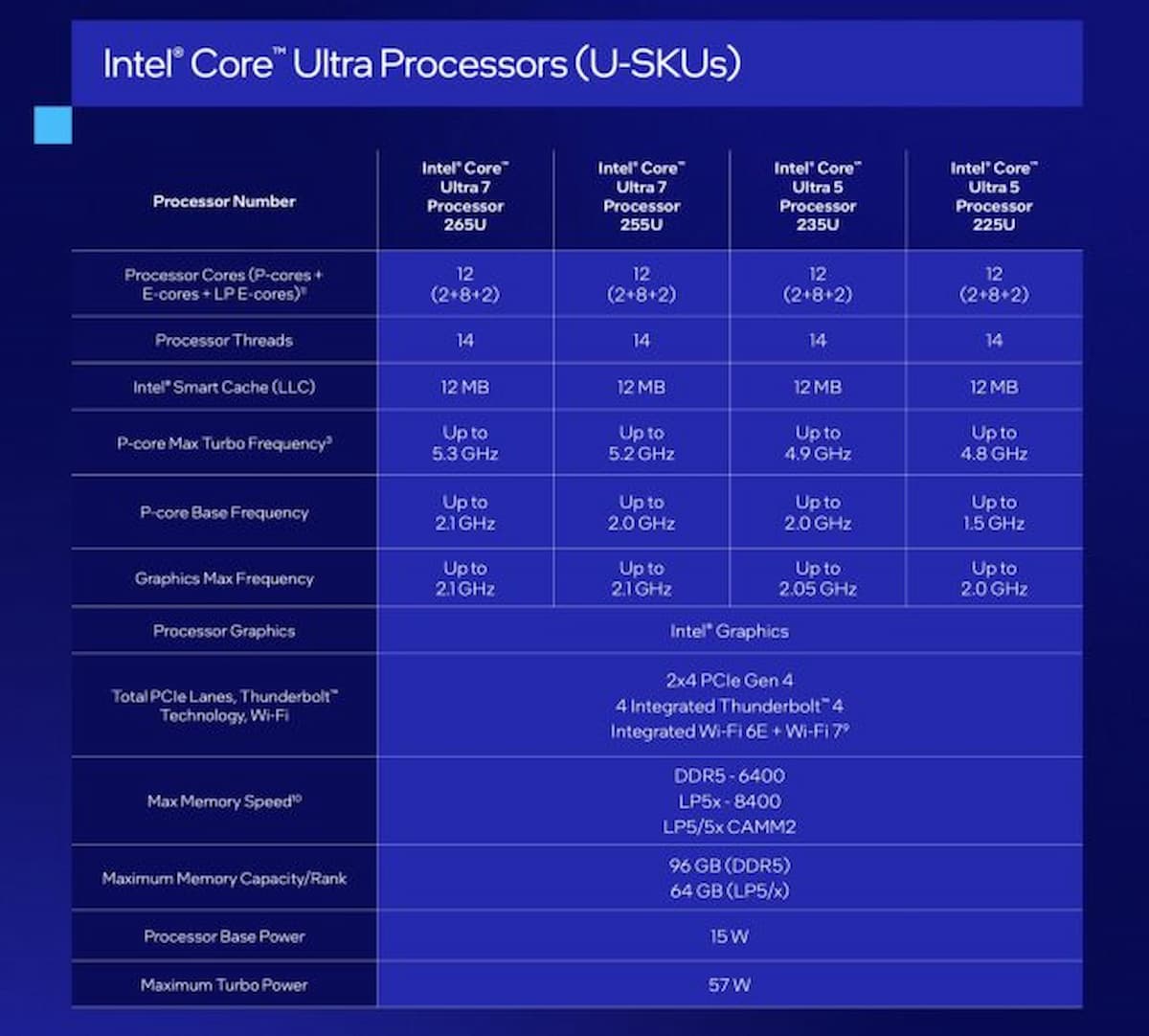
Intel’s latest processor lineup includes the U and H series, each designed for specific user needs and applications. Starting with the Core Ultra 200U, this series is tailored for lightweight, thin laptops while still packing impressive specifications.
The U series is divided into several models, including the Core Ultra 7 265U, 7255U, Ultra 5 235U, and 225U. Each model comes with its unique features and performance capabilities, which can be explored in detail in the specification table shared by Intel.
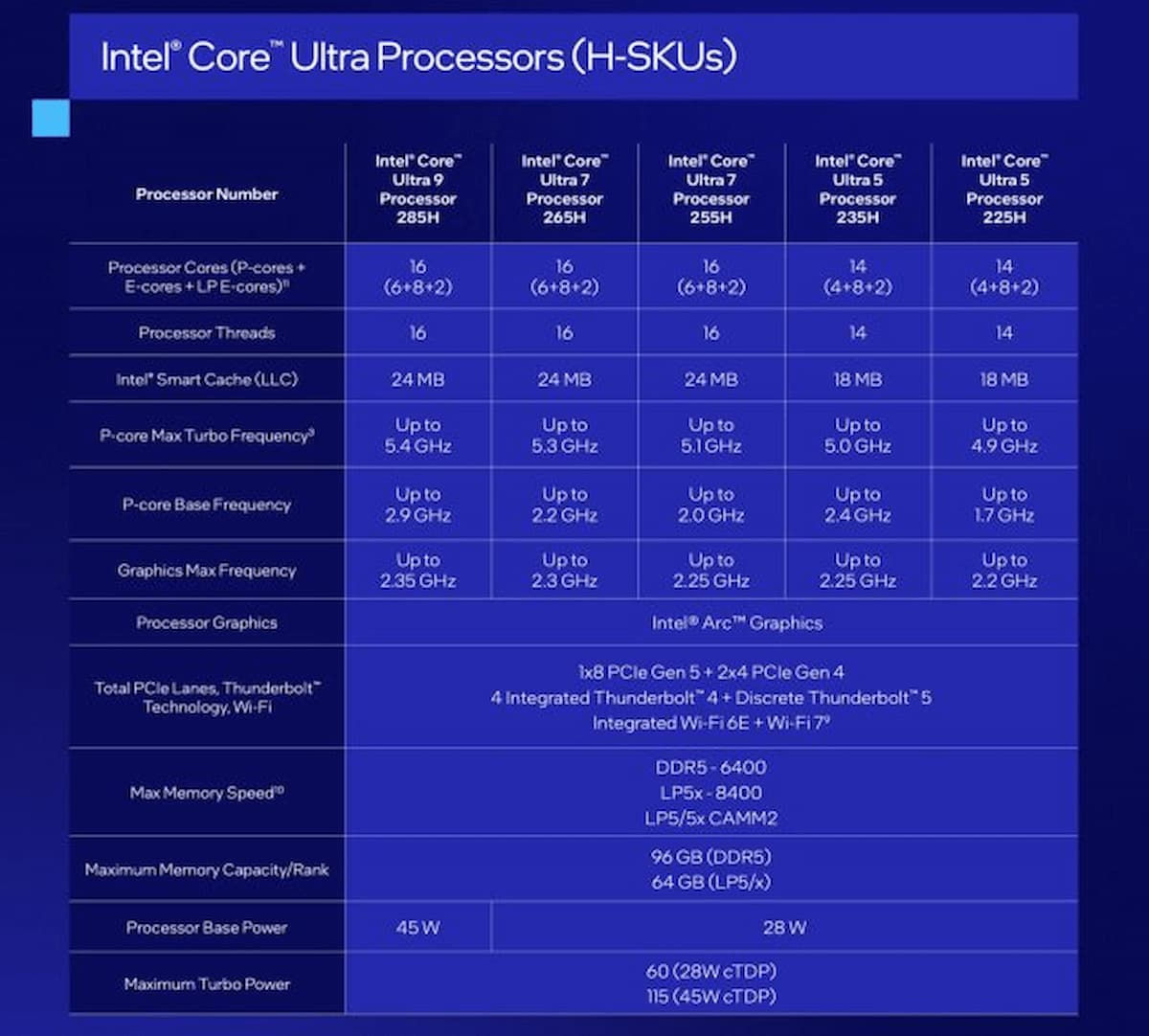
On the other hand, the H series processors are designed for higher performance and include five models. Like the U series, each H series chip has distinctive features that cater to varying demands, offering users plenty of options to choose from.
What makes these processors even more appealing is their compatibility with DDR5-6400 and LPDDR5X-8400 memory, support for up to 10 USB 2.0 and USB 3.0 ports, and four Thunderbolt ports. This robust connectivity and memory support ensures that these chips can handle a wide range of modern applications seamlessly.
Intel has also presented its HX processors for laptops
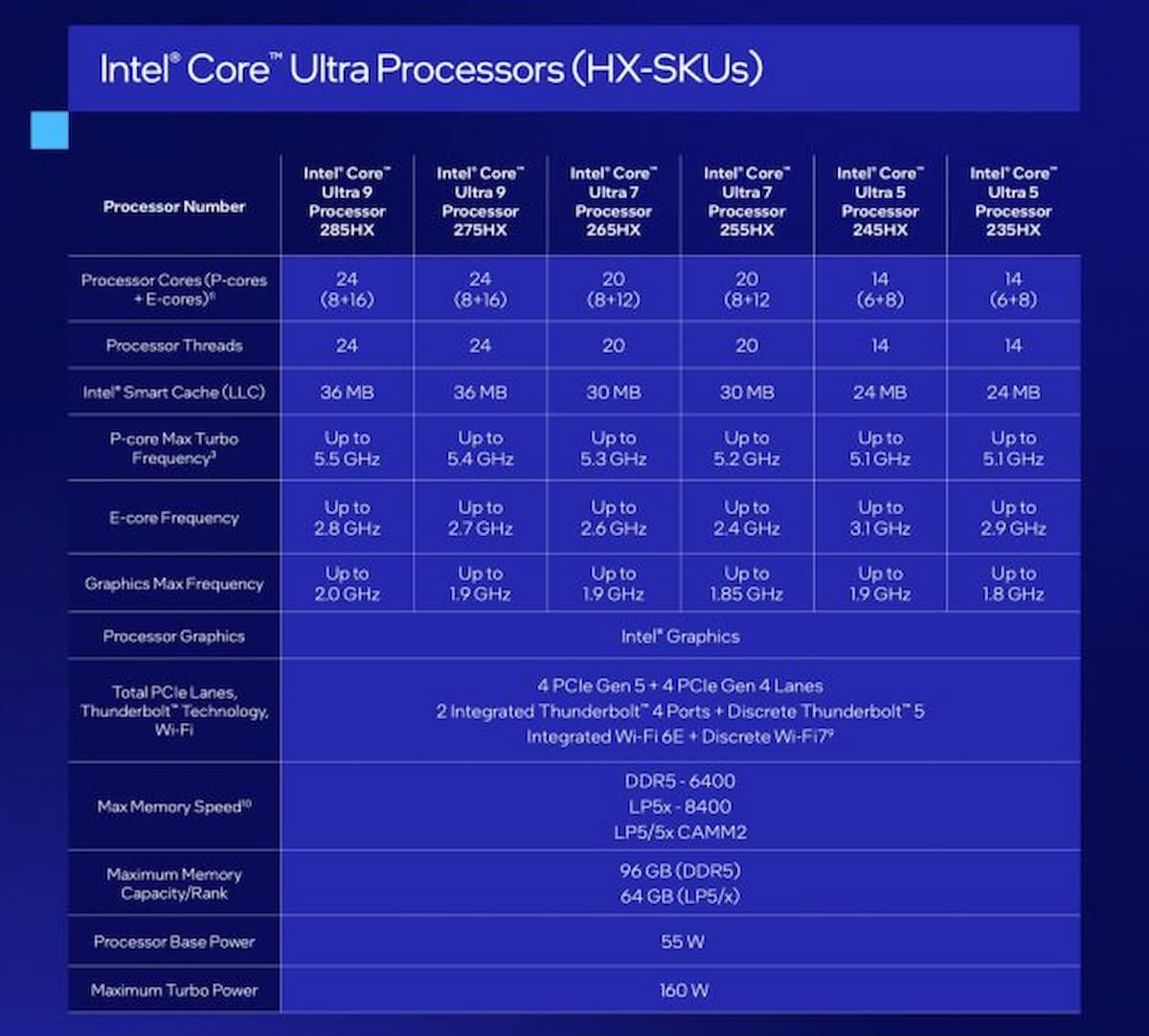
Intel didn’t stop with just the U and H series; they’ve also introduced the HX series, a lineup based on the Arrow Lake architecture, specially adapted for laptops. This new series is tailored for gaming workstations, making it a top choice for users who need high-performance capabilities. With 24 CPU cores, the HX series is well-equipped to handle even the most demanding video games with ease.
One notable feature shared by all the new chips Intel has unveiled is the integration of a 13 TOPS NPU (Trillion Operations Per Second Neural Processing Unit). However, it’s worth mentioning that this is not sufficient to earn the Copilot+ PC label, which requires a minimum of 40 TOPS. Despite this limitation, these processors still deliver impressive AI capabilities for many modern applications.

